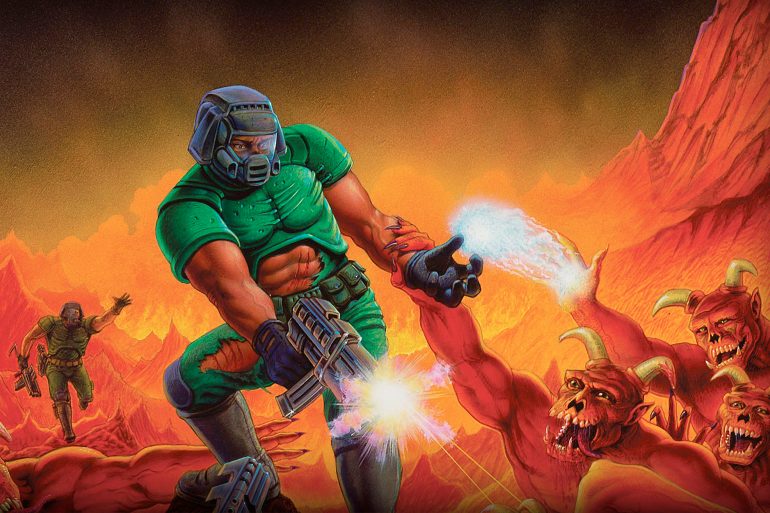It’s been well over two months since the lockdown began. And, in this period, we must have, at some point or the other, succumbed to nostalgia. To me, the lockdown was a chance to revisit a part of my past that scared me to such a degree that I chose to actively stay away from it for over 20 years.
I still remember that day vividly. An older neighbour had brought a bunch of floppy disks to my house. He was bustling with sheer excitement about a new video game that would, in his words, “change my life”. The files were copied and installed. What transpired within the next half hour proved his words right. This was a game that completely changed my idea of what a video game can be.
The game wasn’t bright, cheerful, or fun the way Price of Persia, Super Mario, Commander Keen or Allan Border’s Cricket were. Instead, this was dark and grim, with realistic shadows and lighting. The game immersed the player in a sci-fi world that was horrifying to look at, especially for an 11-year-old. While my neighbour played, eyes beaming with joy as he controlled what seemed to be a shotgun, I couldn’t help but cover my eyes in sheer fright as a giant one-eyed ghastly tomato suddenly came up on the screen, breathed a purple-orange fireball, and left the character my neighbour was playing as, dead. No automatic chance to restart, no way to re-spawn.
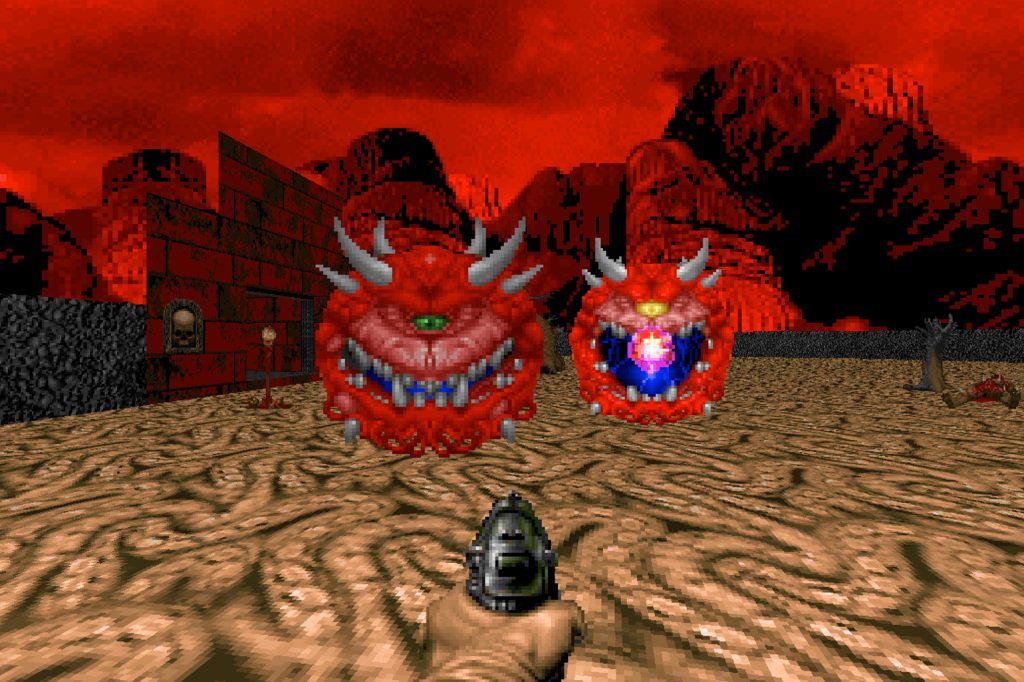
Since then, I haven’t had the stomach to go back and fire up that game. Though I began to enjoy horror, I just couldn’t bring myself to play Doom again.
That is, till the lockdown.
It took lots of hype about the new version, Doom Eternal, on the Internet, some excellent algorithms from Google that brought related videos to my YouTube feed, an Easter sale on the PlayStation Network, and a belief that the twenty years that have passed have prepared me to take on this game head-on.
I bought, downloaded, and fired up id Software’s original Doom, first launched in 1993.
And, just to prove to myself that I’d got this, its immediate sequel, Doom II, released just ten months later.
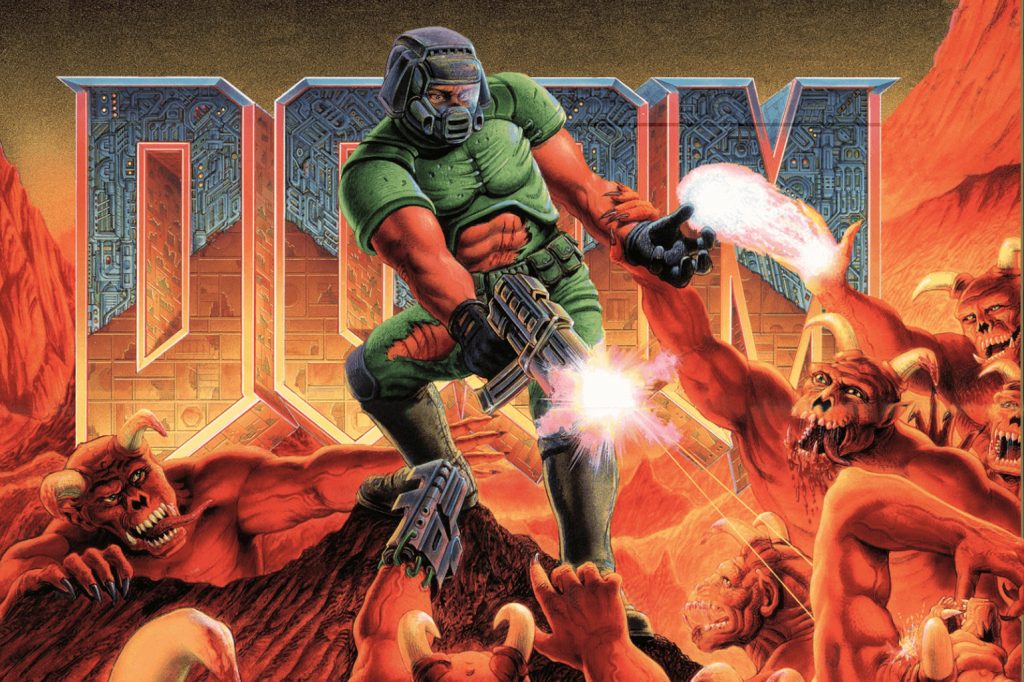
Doom greeted me with a splash screen that brought back the story that my neighbour had told me. “You play the role of the hero, the DoomGuy, a Marine stranded in an abandoned space station that’s been usurped and transformed into a living embodiment of hell by demons. Armed with just his weapons he has to find his way. It’s upon you to get DoomGuy to leave the hellhole, in one piece.”
I gathered up all my courage and made the gutsy move of playing the game at the “Ultra-Violence” difficulty. Within a few minutes, I was hooked. The gameplay kept me on the edge of my seat as I made my way through the levels, each one tougher than the last.
It took me over a week to finish all the four episodes of the classic Doom, and then three more to complete both episodes of Doom II, the sequel that takes its predecessors recipe and bumps it up to 11 with craftier levels, scarier monsters and the almighty, and now my favourite, the Super Shotgun. Once all the levels were done, I went back; this time focusing on the details I missed out before. And, I became a fan.
What really made Doom and Doom II great is perhaps the real-worldness of it—the textures, the shadows, and the lighting. Couple that with supremely well illustrated imagery of a gory, satanic horror movie, and here was a game that fully immersed me in its world, completely distracting me from the “unprecedented times” of today. These elements are combined with a soundtrack that breathes with the gameplay. The music, though simplistic MIDI, is sinister, echoing riffs from many popular heavy metal bands. The sound effects work overtime to create an enveloping atmosphere—I found myself waiting for the characteristic grunts and roars that told me when a particular monster was nearby.
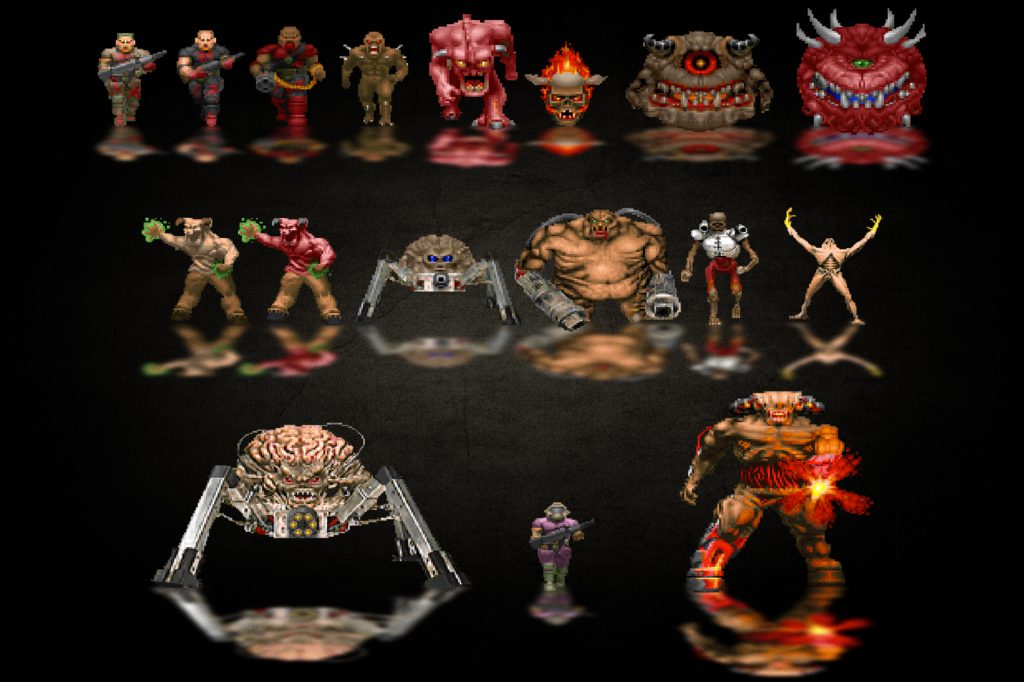
And those monsters, oh my. The first monsters that attacked me were innocent zombie-men who looked like they were being paid a meagre amount of money to do their job (killing me). But once I went past them, extremely confident that this game isn’t as tough or scary as I thought it was, I was welcomed by shotgun wielding Generals, chaingun-firing heavy dudes, fire-breathing, leathery Imps, pink pig-demons, conniving Cacodemons (yes, those tomatoes), pain-in-the-ass pain elementals, hybrid hell knights, vicious barons of hell, irritating rocket firing revenants, aggressive arch-viles, sloth like yet destructive mancubi, aggressive arachnotrons, tough-as-nails cyber-demons, the krang like Spider Mastermind, and their leader, the Icon of Sin. Each monster is worthy of its own nightmare. And the gameplay takes their deadliness to such high levels that you begin to dread them.
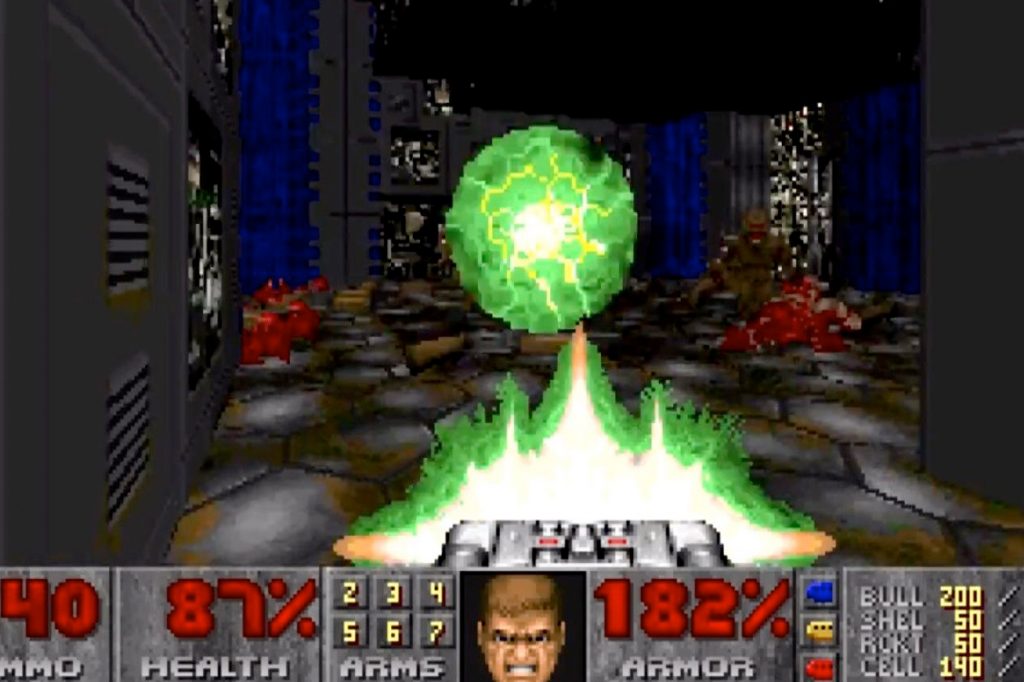
Of course, I was armed with the best of weapons to take each of those monsters head on. I still haven’t found a joy greater than blasting them with the Super Shotgun, or unleashing the mighty BFG 9000 when I’m caught in a really tough spot. Or, just hacking the hordes with a simple chainsaw when I’m feeling really ballsy. It gave me a huge sense of accomplishment.
Doom’s gameplay egged me to be brave, and kept me on edge, waiting for the next big, daunting task. The level design itself lends to immense replay-ability—replays can be sped-run through the levels, or to break my own records for maximum kills, or collect all the items.
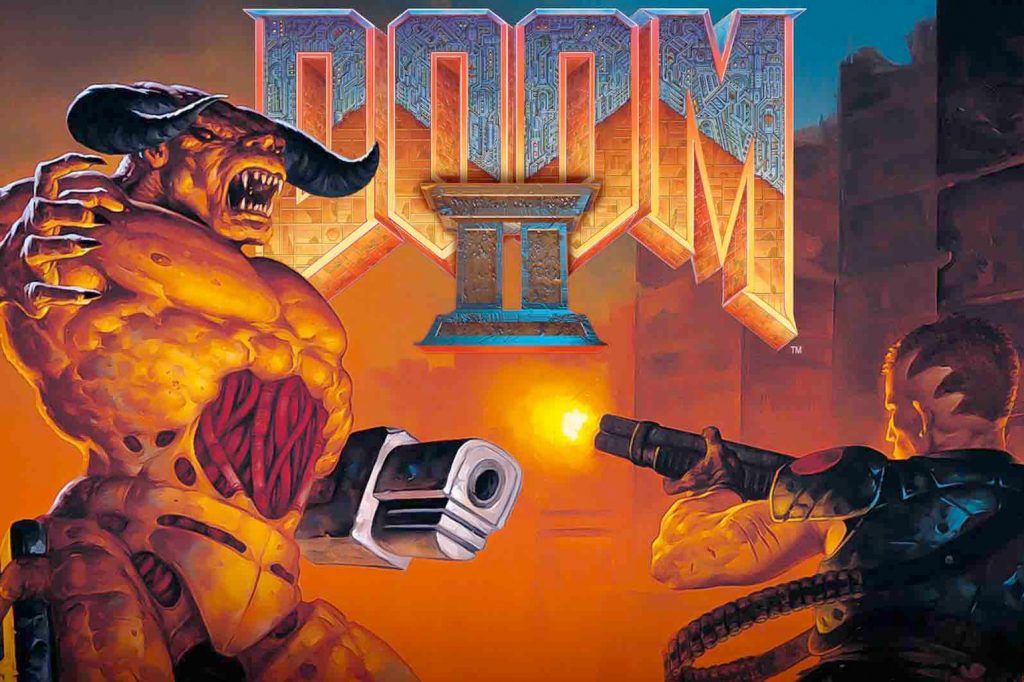
Revisiting these games as an adult familiar with design is an exercise in rediscovery, appreciation and learning. There’s excellence in so many different areas that they have to be applauded—the graphics and illustration, the iconography, the gameplay, the sound, and the overall game design that definitely is a result of immense study in behavior and psychology.
The graphics didn’t have the sheen of heavily over-produced, visually insane games of today, instead Doom and Doom II’s aesthetic is timeless, and we’ve seen enough tributes to them in various superhero, alien and monster movies since the game was released in 1993. It’s a product that took the technology of that time to new heights.
There’s tomes of information about the game’s creation and development—about the legendary team at id Software that brought it all together, the game engine and gameplay that made it one of the most rewarding games of all time, or the fact that in 1995, just two years since launch, the game was estimated to be on more computers worldwide than Microsoft’s new Operating System, Windows 95—a fact that apparently, led Bill Gates to consider buying the company. Then you have the satanic imagery, monsters and weapons that make it worthy of being deemed the daddy of all First-Person Shooters.
So, thank you lockdown, I guess. Doom is one of the most iconic, influential and legendary games ever made.
11-year-old Animesh just wasn’t ready for it.
**
Animesh. @asmoani. Video. Music. Heavy Metal. Horns Up. Riot Peddler. Wrestling. Then. Now. Forever. And Dinosaurs. And Food. And TV!

